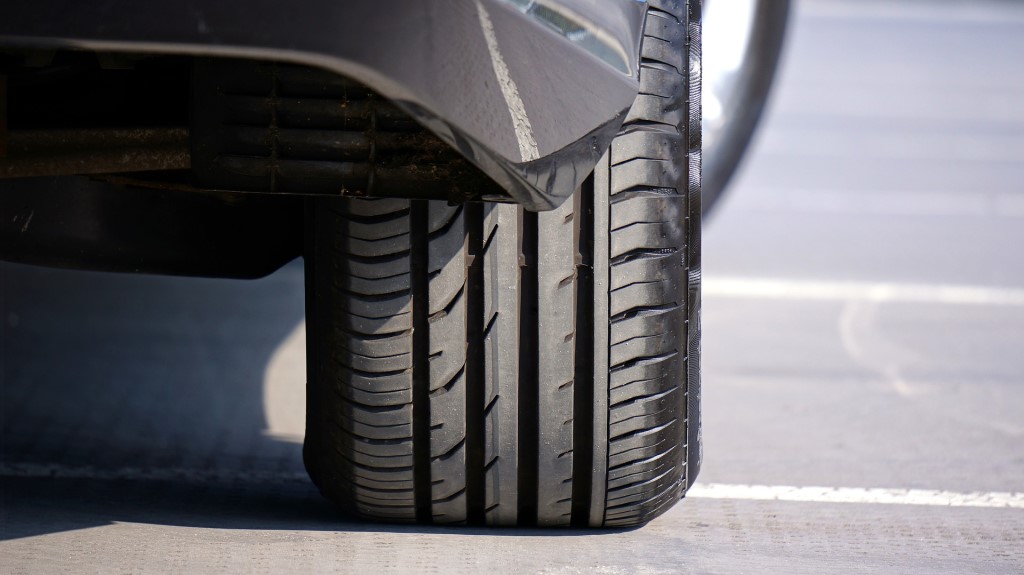The automotive industry is one of the most competitive and subsequently most progressive and innovative industries in the world. From engine, transmission, and drivetrain performance and mechanics to creature comforts, conveniences, and safety systems to boot, automakers have been continuously improving and evolving just about every single aspect of the cars we drive today, and still are. You don’t need to get behind the wheel of a premium Audi SUV or some other really expensive high-end car to know that our cars today are the best they’ve ever been, even in comparison to the cars we were driving not even a decade ago. And what’s amazing, is that they’re only getting better, much better, so much so that we can vehemently declare that the future is now.
Five Compelling Near-Future Vehicle Technologies
Here are five of the most compelling car-related technologies we can look forward to experiencing within the very near-future:
Automation and Driver Assistance
Self-driving car technology is perhaps the most anticipated prospect for the near-future. An autonomous vehicle is a vehicle that can fully operate and effectively perceive its environment without any human input. They utilize a variety of sensors such as radar, lidar, sonar, odometry, and cameras to discern the road ahead and surroundings. They will be able to register road lanes, traffic signs, traffic lights, other vehicles, pedestrians, and other potential obstacles. They may even come with cheaper car insurance. Through the use of GPS navigation, all a commuter will have to do is input a location, and the car will complete the journey autonomously once prompted.

Augmented Reality & 3D Displays
AR and 3D projection technology still has a long way to go but we’re getting there relatively quickly. The most simple example of in-car AR and 3D display are head-up displays (HUDs), which project information onto the windscreen in front of the driver. Mercedes recently introduced another form of in-car AR utilization, in the A-Class sedans MBUX navigation system which augmented directional arrows into a live video feed of the road ahead. Mercedes’ Ask Mercedes App uses your smartphone camera to identify various items and features in some of the brand’s more recent models and even provides a virtual instruction manual.
Intelligent, Adaptive Headlights
Headlight technology has been evolving dramatically over the years, with the actual bulbs transitioning from halogen to xenon to LED and laser, and new functions such as adaptive high and dipping beams. While all those innovations have improved outward visibility and safety, there is still the issue of the bright beams of light blinding oncoming traffic. This is where intelligent, adaptive headlights come in as they will be designed to continuously project light but at the same time block out any section of the light beam that would be reaching an oncoming car. The adjustments of the distance and brightness of the beams will also be automatic and will be determined by the exterior conditions.

Side View and Rear View Cameras
By replacing the side view mirrors with neatly tucked away cameras will not only improve the aerodynamics of a car, which will in turn improve performance and fuel economy, but it will also benefit safety. This is because without the presence of physical exterior mirrors, aerodynamic drag is significantly reduced, and as the camera footage is fed to screens within the cabin, the driver receives a clearer view of what is alongside or behind the car during inclement weather. In some cases, the driver can even zoom in on specific areas on the screen to get more detail, and the camera’s can even adjust to make turning and parking easier. A digital rearview mirror can be beneficial as it can provide an ultra-wide view of the road or area behind the car.

Intelligent Glass
Occupants in both the front seats and back seat of perhaps any future vehicle will get to experience the wonders of intelligent glass. Through the use of special sensors this glass will be able to automatically darken in accordance with the brightness of the light hitting the exterior of the car to prevent occupants from having to squint, keep the cabin cool, and block out UV rays. There is also a new liquid crystal film technology that heats the glass to dissipate condensation without the use of wire filaments.

Intelligent Tires and Adaptive Wheels
Through the use of electrically conductive rubber compounds, intelligent tires will be capable of continuously monitoring themselves and providing car owners with real-time tread quality and tire temperature information. If the quality of the tires falls below safety standards or if the tires are severely damaged, the driver will immediately be alerted.

Five Modern Cars Laden with Tech
Here are some of the most contemporary and high-tech vehicles money can buy in the USA today:
- Tesla Model X Performance
- Land Rover Range Rover Evoque
- Genesis G90
- Toyota RAV4 Prime
- Kia Telluride
Why are Cars Advancing so Quickly?
There’s no question as to just how important cars are to, well, all of humanity considering that so many of us use them to travel and do business on a daily basis. More and more people have been getting financially richer and so are demanding more congenial, luxurious, and convenient forms of transportation to enjoy and flaunt their financial and social elevation with. Plus, with just how rapidly the size of the world’s population is expanding, there are more cars on the roads today than there has ever been before, and with that, safety standards have had to become a whole lot more stringent to thwart the increase of road accidents. Automakers are therefore pushed to improve and innovate to not only be competitive but progressive, too, hence the booming electric, premium, and high-tech vehicle boom.